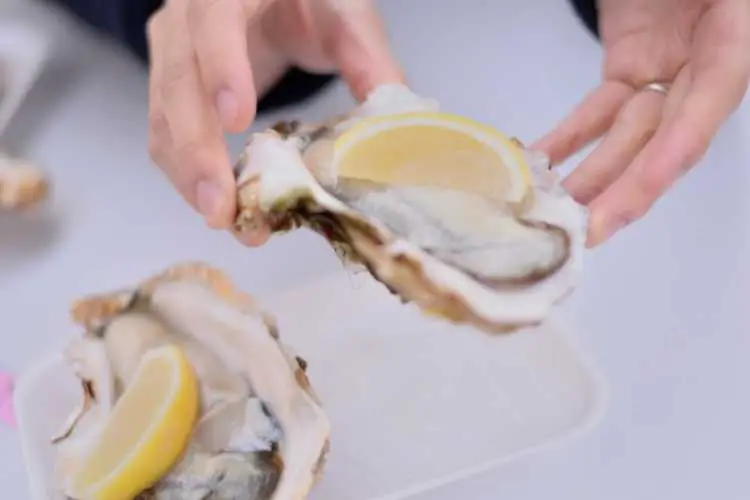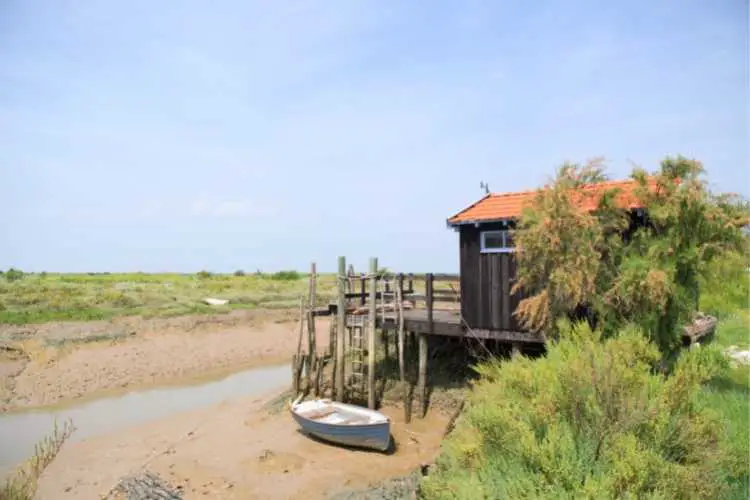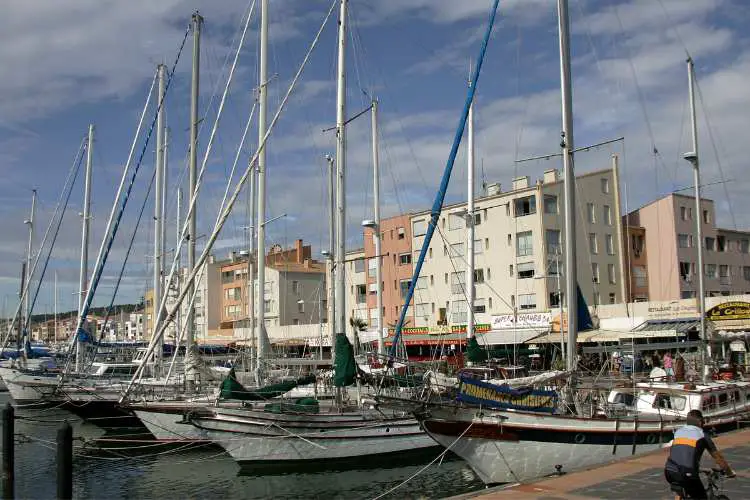Are French oysters the best in the world? Ask any Frenchman or woman and they’d look at you as if you’re crazy to even think they may not be. And justifiably so.
If you’ve eaten them before, or whether you’re curious and about to experience them for the first time, there’s nothing in the world quite like French oysters. They are definitely an ingrained element of French culture.
Whether you’re a connoisseur or are keen to experience a new culinary delight we’ve put together this ultimate guide for you to get the most out of your experience enjoying French oysters.
We’ll tell you why the oysters in France are so good, the different types, where you can enjoy them and how to eat them. Enjoy.
French oysters – heroes in a half shell
Many countries produce lots of wonderful oysters. However, no country in the world can offer a more complete oyster experience than France. And the French know this. Their stance is visitors and tourists should feel privileged to be served the finest in the world.
Oysters have been part of the French diet for centuries. Since Roman times, they have been farmed in the Lagune de Thau, in the Mediterranean, and in the Bay of Arcachon. Then, the only species available was the plate, or flat oyster (Ostrea edulis), more commonly known as the Belon.

The plate is the oyster lover’s oyster. Its dense, slightly metallic and challenging flavour is so satisfying, And, if you’ve already started on the wine, the heady combination of oyster and alcohol will evoke dreamy images of misty Breton shores and the clanking of small boats as they dock to unload their catch.
Where to find French Oysters
The legendary French oyster cultivation areas are Cancale, Marennes-Oléron, and Arcachon
Although they’re raised in a few other coastal areas, plates are primarily linked with Brittany. When they are three years old and fully mature, they are transferred to an estuarial environment.
Typically, this is the mouth of the Belon or Marenne rivers, where fresh and salt water blend. There, their golden flesh firms and the shellfish attain their full wild flavour.
The creuse is everyman’s oyster. Its flavour is easy, fresh and sprightly, evoking bracing sea breezes and sea water. These French oysters are raised in deep waters, then transferred to less salty shallow beds called claires to mature.
In appearance creuse are typically a pale ivory lined with black and brown. But some attain a gorgeous turquoise green hue due to their contact with a bluish-green alga. Although less intensely flavoured than the plate, the creuse is equally seductive.
For true oyster lovers, there’s really nothing better than tucking into a dozen on the half-shell at a seaside bistro. Especially when you can look out and see the sparkling waters the shellfish were plucked from just hours before.
Where are French oysters grown?
From North to South there are seven distinct growing regions: Normandy, North-Brittany, South-Brittany, West-Central, Marennes-Oléron, Arcachon, and the Mediterranean. Although some of these areas are far more famous than others, they all produce excellent oysters.
Eating and ordering oysters in a French restaurant
French restaurants often offer a perplexing miscellany of oysters, at prices that differ according to shape, size and provenance. Here’s a summary of some of the terms you are likely to encounter:
Plates
France produces two types of oysters, plates and creuses. The plates are flatter in shape and are also known as Belons or Marennes, two of the locales where they are produced. They are difficult to grow and are produced in small quantities, and so they are more expensive.
Read our No BS Guide to Eating and Drinking Like the French
Creuses
Also called portugaises or japonaises, these oysters have a convex shell.
Numbers
Oysters are calibrated from 000 to 6, with the smaller number indicating the larger-sized oyster.
Fines
Determined by a complicated calculation that only the French understand; this designation means small- to medium-sized.
Speciales
Labelled according to the same calculation as the fines, these oysters are a larger and fleshier.
Fines de Claire
At 20 to the square yard, these oysters mature for two months in salty claires, or marshes, where they filter nutrient-rich water that sometimes turns them green.
Speciales de Claire
Are grown at just 10 to the square yard. Spéciales de claire mature for at least two months. This allows them to grow fatter and more substantial than fines de claire.
Pousses en Claire
Set in oyster parks with only five to the square yard, these oysters, prized by gourmets, grow for at least four months and double in weight during that time.
A brief history of French oysters
In modern times, France was the first country in Europe to begin producing oysters on a large scale. The process is known as ‘L’ostréiculture’ and the growers are known as ‘Ostréiculteurs’.
The oyster business is taken very seriously by growers, marine biologists, and by French connoisseurs, which is basically everyone in France! France controls more than 2,000 miles of coastline, featuring some of the finest oyster beds in the world.
In the 19th century, there were three oyster capitals in the world: Paris, London and New York. Although fabulous oysters are still served in London and New York, Paris remains supreme.
To this day, the city offers many opportunities to enjoy oysters, in restaurants or from side walk vendors. Some kind of dry white wine or Champagne is generally suggested as an accompaniment.
The classics in Paris are oysters from legendary French oyster cultivation areas such as Cancale, Marennes-Oléron, and Arcachon.

The coast of France also offers fantastic oyster experiences. Virtually anywhere along the French coastline (including the Mediterranean and of course Brittany) delicious French oysters are served, and at a fraction of the cost of those in Paris.
There is no finer experience than dining on oysters overlooking the Thau lagoon as the sun goes down.






